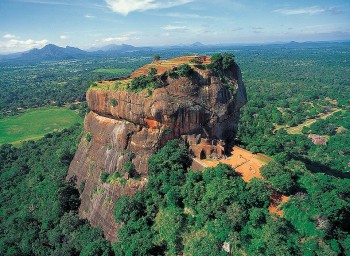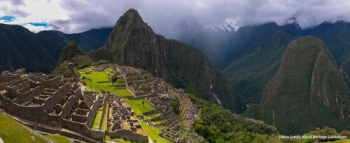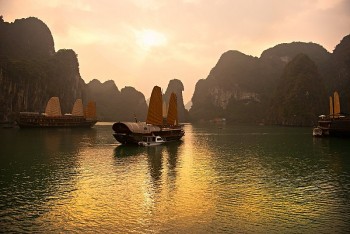Asian Sites Added to UNESCO World Heritage List
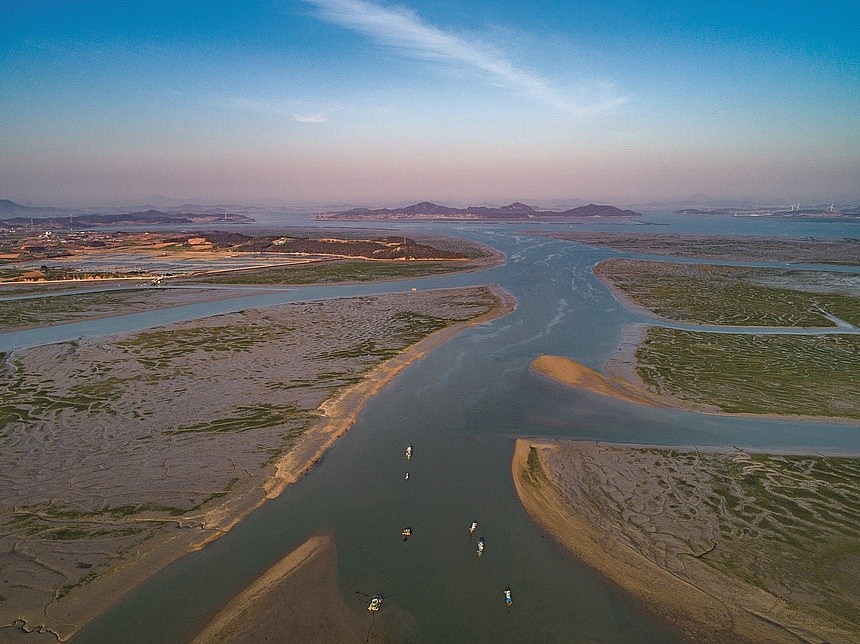 |
| Getbol, Korean Tidal Flats. Photo: KoreaTravelPost. |
At the 44th session of the UNESCO World Heritage Committee – which, because of Covid-19 restrictions, had been delayed a year and took place largely online (it was officially hosted by Fuzhou, China) – 34 properties were inscribed onto the list.
As well as Quanzhou – described by UNESCO as the Emporium of the World in Song-Yuan China – and the Jomon Prehistoric Sites of Northern Japan, another site in Japan, and one each in South Korea and Thailand, were added to the UNESCO World Heritage list.
Getbol, Korean Tidal Flats
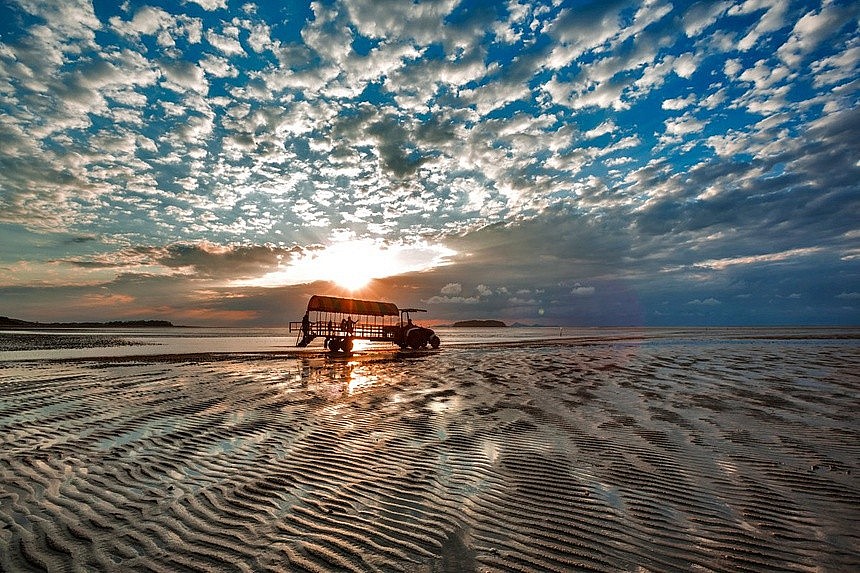 |
| The site demonstrates the link between geodiversity and biodiversity, and demonstrates the dependence of cultural diversity and human activity on the natural environment. Photo: Korea Mice Bureau. |
Situated in the eastern Yellow Sea on the southwestern and southern coast of South Korea, the site comprises four component parts: Seocheon Getbol, Gochang Getbol, Shinan Getbol and Boseong-Suncheon Getbol.
The site exhibits a complex combination of geological, oceanographic and climatologic conditions that have led to the development of coastal diverse sedimentary systems. Each component represents one of four tidal flat subtypes (estuarine type, open embayed type, archipelago type and semi-enclosed type).
The site hosts high levels of biodiversity, with reports of 2,150 species of flora and fauna, including 22 globally threatened or near-threatened species. It is home to 47 endemic and five endangered marine invertebrate species besides a total of 118 migratory bird species for which the site provides critical habitats. Endemic fauna includes Mud Octopuses (Octopus minor), and deposit feeders like Japanese Mud Crabs (Macrophthalmus japonica), Fiddler Crabs (Uca lactea), and Polychaetes (bristle worms), Stimpson’s Ghost Crabs (Ocypode stimpsoni), Yellow Sea Sand Snails (Umbonium thomasi), as well as various suspension feeders like clams.
The site demonstrates the link between geodiversity and biodiversity, and demonstrates the dependence of cultural diversity and human activity on the natural environment.
The Kaeng Krachan Forest Complex, Thailand
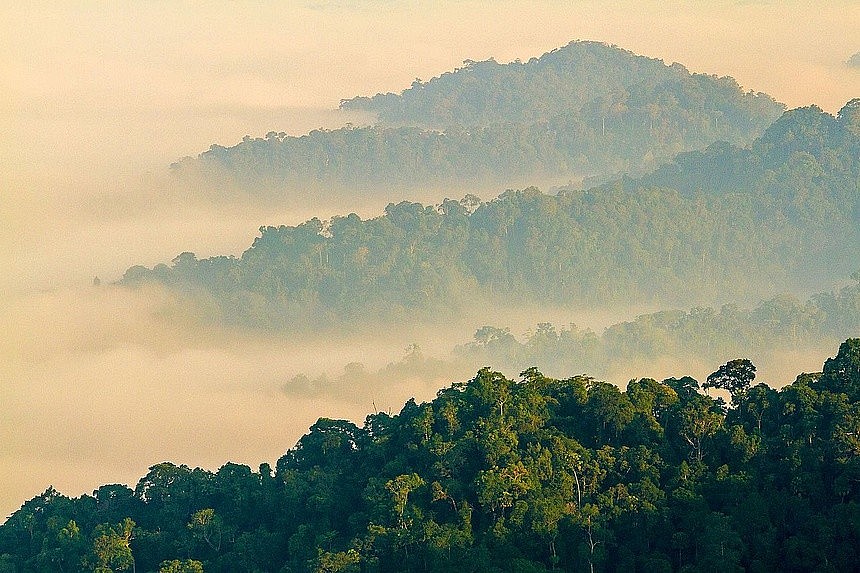 |
| The site is part of a north-south granite and limestone mountain ridge running down the Malay Peninsula. Photo: ASEAN Today. |
The site is located along the Thailand side of the Tenasserim mountain range, part of a north-south granite and limestone mountain ridge running down the Malay Peninsula.
Located at the cross-roads between the Himalayan, Indochina, and Sumatran faunal and floral realms, the property is home to rich biodiversity. It is dominated by semi-evergreen/dry evergreen and moist evergreen forest with some mixed deciduous forest, montane forest, and deciduous dipterocarp forest. A number of endemic and globally endangered plant species have been reported in the property, which overlaps with two Important Bird Areas (IBAs) and is noted for its rich diversity of birdlife, including eight globally threatened species.
The property is home to the critically endangered Siamese Crocodile (Crocodylus siamensis), the endangered Asiatic Wild Dog (Cuon alpinus), Banteng (Bos javanicus), Asian Elephant (Elephas maximus), Yellow/Elongated Tortoise (Indotestudo elongata), and the endangered Asian Giant Tortoise (Manouria emys), as well as several other vulnerable species of birds and mammals.
Remarkably, it is also home to eight cat species: the endangered tiger (Panthera tigris) and Fishing Cat (Prionailurus viverrinus), near-threatened Leopard (Panthera pardus) and Asian Golden Cat (Catopuma temminckii), the vulnerable Clouded Leopard (Neofelis nebulosi) and Marbled Cat (Pardofelis marmorata), as well as Jungle Cat (Felis chaus) and Leopard Cat (Prionailurus bengalensis).
Amami-Oshima Island, Tokunoshima Island, Northern part of Okinawa Island, and Iriomote Island
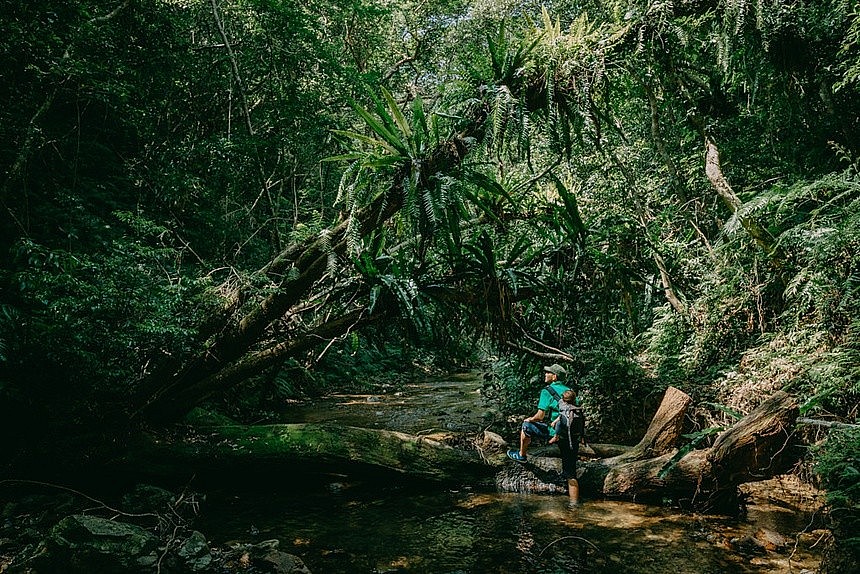 |
Entirely uninhabited by humans, the site has high biodiversity value with a very high percentage of endemic species, many of them globally threatened. Photo: ippei janine. |
Encompassing 42,698 hectares of subtropical rainforests on four islands on a chain located in the southwest of Japan, the serial site forms an arc on the boundary of the East China Sea and Philippine Sea whose highest point, Mount Yuwandake on Amami-Oshima Island, rises 694 metres above sea level.
Entirely uninhabited by humans, the site has high biodiversity value with a very high percentage of endemic species, many of them globally threatened.
The site is home to endemic plants, mammals, birds, reptiles, amphibians, inland water fish and decapod crustaceans, including, for example, the endangered Amami Rabbit (Pentalagus furnessi) and the endangered Ryukyu Long-haired Rat (Diplothrix legata) that represent ancient lineages and have no living relatives anywhere in the world. Five mammal species, three bird species, and three amphibian species in the property have been identified globally as Evolutionarily Distinct and Globally Endangered (EDGE) species.
There are also a number of different endemic species confined to each respective island that are not found elsewhere in the property. /.
 | Vietnam-UNESCO Cooperation Relationship Grows Over Time The relationship between Vietnam and UNESCO has developed in both quantity and quality over time |
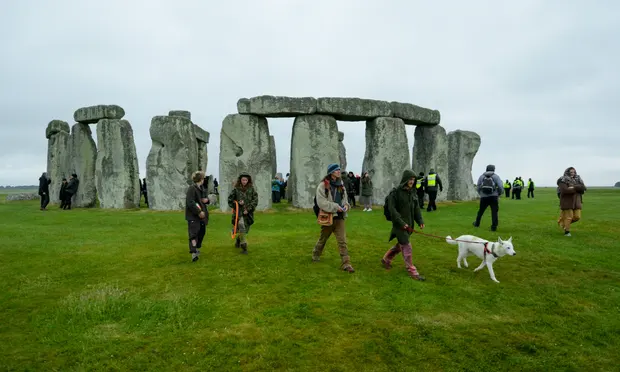 | Why Could Stonehenge By The Next UK Site To Lose Its World Heritage Status On Friday, Heritage bodies said Stonehenge could be the next historical UK site to be stripped of its UNESCO World Heritage status. |
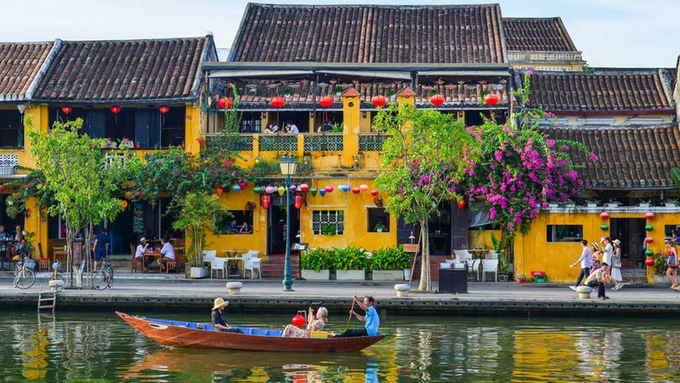 | Hoi An named Among Top 10 Picturesque Car-free Cities Globally - Video Hoi An has been listed among the top 10 most picturesque destinations in the world which are free of cars and motorbikes by Australian travel ... |
Recommended
 World
World
India strikes back at terrorists with Operation Sindoor
 World
World
India sending Holy Relics of Lord Buddha to Vietnam a special gesture, has generated tremendous spiritual faith: Kiren Rijiju
 World
World
Why the India-US Sonobuoy Co-Production Agreement Matters
 World
World
Vietnam’s 50-year Reunification Celebration Garners Argentine Press’s Attention
Popular article
 World
World
"Will continue offering our full support to Indian govt": US FBI Director after Pahalgam attack
 World
World
"Great Leader": JD Vance Lauds PM Modi During His India Visit
 World
World
Trump’s Tariff Pause: A Strategic Move from “The Art of the Deal”?
 World
World

